Managing risk in growth markets
 Nally, accompanied by PwC China chairman Silas Yang and PwC Singapore senior partner Gautam Banerjee arrived in Hanoi for a two-day visit to Vietnam.
Nally, accompanied by PwC China chairman Silas Yang and PwC Singapore senior partner Gautam Banerjee arrived in Hanoi for a two-day visit to Vietnam.
This is the first time the chairman of the PwC Network has visited Vietnam. PwC firms operate in 158 countries around the world and this visit demonstrates the importance of the Vietnamese market to PwC.
The memorandum of understanding means that PwC Vietnam will assist the SSC to develop systems to monitor securities companies operating in Vietnam. PwC Vietnam will also assist HNX in reviewing the current risk management activities at the stock exchange.
This was hailed as the latest step in establishing Vietnam as an increasingly important market for investment by foreign companies based in Asia and throughout the developed world.
Dinh Thi Quynh Van, general director of PwC Vietnam, said: “Despite the current economic crisis, Vietnam is still one of the countries with a high growth rate in Asia. Vietnam is now an important global trading partner. Global competition and economic volatility leave little margin for error, and poor business judgment can lead not just to bad performance but to failure. Conversely, effective anticipation of both traditional risks and emerging risks can yield competitive advantage.”
The rise of and interconnectedness of the growth markets of South America, Asia, Africa and the Middle East (referred to collectively as SAAAME) is creating a new set of opportunities – and with these, a new set of risks.
“While economic growth in mature developed markets is slowing, SAAAME markets are surging ahead. Many commentators are focusing their attention on what are considered to be the largest and fastest-growing BRIC markets - Brazil, Russia, India and China. But the broader regional economies that surround these countries - including Vietnam - are also undergoing an economic renaissance,” Nally said.
The interesting issue is not so much the speed of economic growth within the SAAAME markets, but how interconnected the trade flows between them have become. Trade between the SAAAME markets is growing much faster than the developed-to-developed and developed-to-emerging market flows.
The trading relationship between China and Brazil exemplifies the growing interconnection between SAAAME economies. China has now overtaken the US as Brazil’s biggest trading partner. In turn, corporations in SAAAME countries are becoming leading multinational players as they expand across SAAAME and non-SAAAME markets.

So what opportunities does this changing order open up, what are the potential threats to today’s global businesses and what kind of enterprises are going to emerge as stronger because of these changes?
“The rise of and connections between the growth markets open up a new and possibly unfamiliar set of risks,” Nally said. “Both Western and SAAAME businesses are going to be extending their reach into new and unfamiliar markets where they will need to contend with varied and possibly limited risk data, legal systems and regulatory frameworks, along with the potential for political instability and very different business practices.”
Businesses may also face licencing or ownership restrictions, requiring them to operate with an ever-growing array of local partners. Getting on top of the risks raised by such restrictions is one of the biggest considerations for organisations looking to expand within SAAAME.
The underlying risks are organisational as companies seek to develop the governance systems and flexible capabilities needed to operate across more extended lines of command. They will also need to secure enough talent to meet their objectives in markets where qualified people may already be in short supply.
Strategies and risk management systems developed in the West may no longer be relevant in these rapidly changing market conditions. Equally, domestically focused SAAAME institutions may lack the international experience to deal with the complexities and ambiguities of these new market demands.
So the rapidly changing global environment necessitates a longer-term and more proactive approach to strategic planning and risk management. While it’s vital to consider the risks and opportunities in the short term, it’s equally important for business leaders to develop a clear idea of how markets and customers are changing and how their businesses can turn these changes to their advantage. Organisations that merely react to market changes and risks as they arise will perhaps face the greatest risk of all—of being no longer relevant to their customers.
Companies will need to explain to investors how their risk profile and risk appetite are likely to change. More comprehensive and effective risk evaluation and pricing will allow investors to target particular risk and reward profiles with greater precision and differentiation.
Relations with government, the media and society as a whole are becoming more important as the state plays a central role in economies and the reputation of the institution comes to underpin its shareholder value and licence to operate.
A key priority is determining how these evolving risks are likely to interact and therefore assessing the impact on existing business models. The corresponding priority is how to price the risk, with the guiding principle likely to be ‘risk may be an opportunity as long as it’s priced correctly.’
“As the global economy evolves, a sharper - and more strategically focused - risk value chain is going to be crucial in both assessing and managing existing and new risks, and capitalising on the opportunities that competitors may miss or be reluctant to pursue,” said Nally.
What the stars mean:
★ Poor ★ ★ Promising ★★★ Good ★★★★ Very good ★★★★★ Exceptional
Related Contents
Latest News
More News
- Green finance discord to be addressed (April 16, 2024 | 09:48)
- More vibrant corporate bond market anticipated (April 16, 2024 | 09:40)
- MB secures prestigious software and IT service awards (April 16, 2024 | 09:39)
- Opportunities to unlock in Vietnam’s green finance arena (April 16, 2024 | 09:38)
- Interest rates likely to remain fairly levelled (April 16, 2024 | 09:25)
- UOB Vietnam partners with Betrimex on sustainability (April 15, 2024 | 15:41)
- Listing ambitions of Vietnamese banks backed by leaders (April 15, 2024 | 15:23)
- Cryptocurrency is not banned in Vietnam: Ministry (April 15, 2024 | 09:40)
- SBV to increase gold bar supply to stabilise domestic market (April 15, 2024 | 08:00)
- Behind the numbers: Techcombank’s vision for growth (April 13, 2024 | 11:00)



 Tag:
Tag: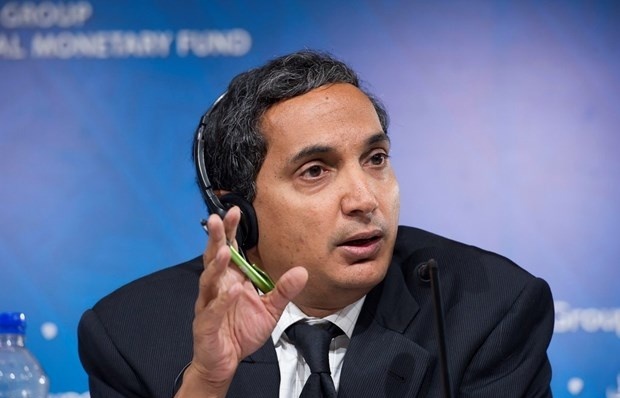
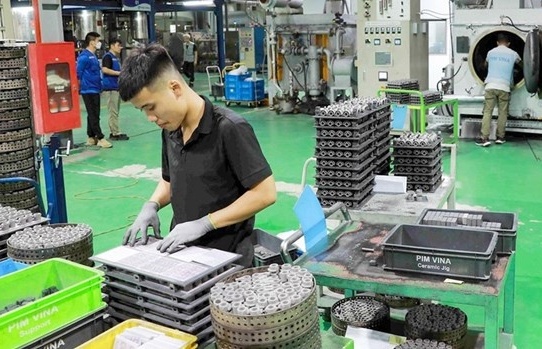

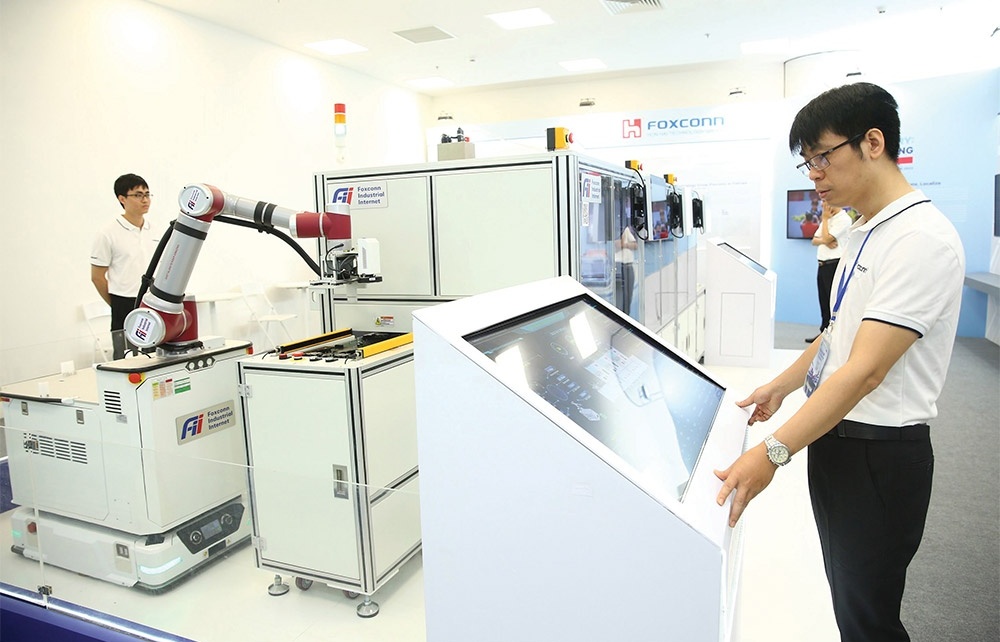



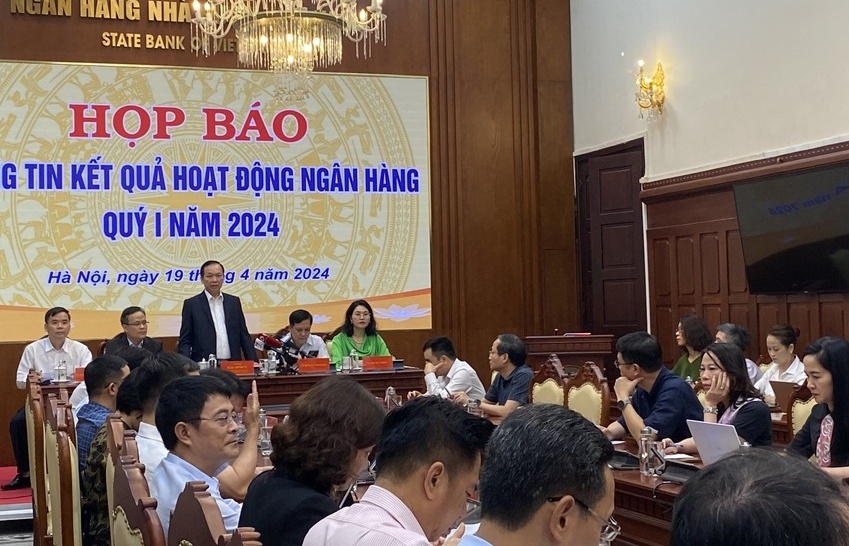
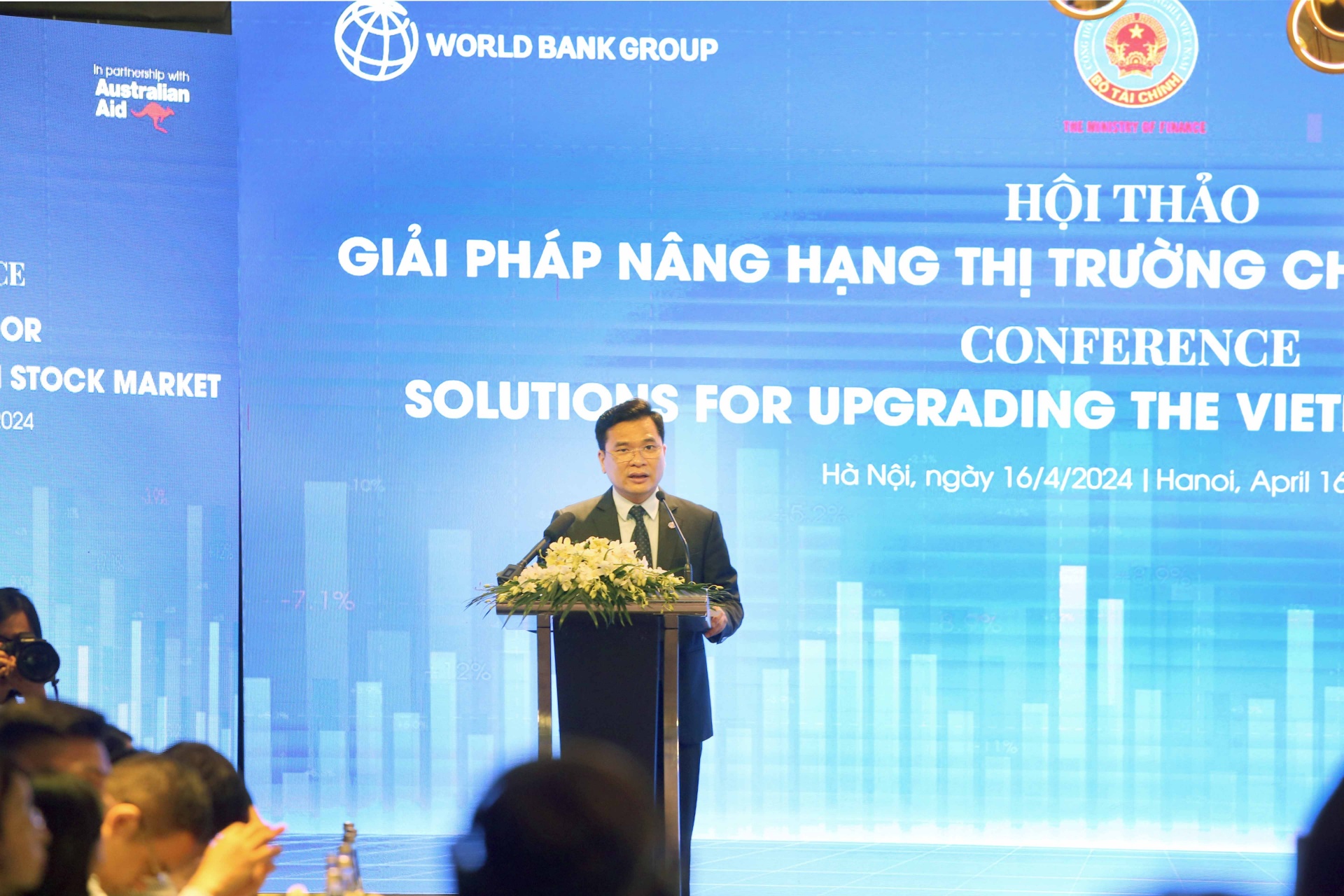

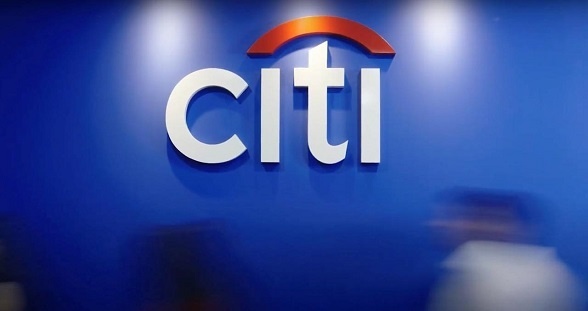









 Mobile Version
Mobile Version